This is an attempt to compare image processing in two generations of the OM-D E-M1 camera by Olympus: the 2013 original (to which we may refer as Mark I) and the updated Mark II of 2016.
Mark I is running firmware Version 4.3, Mark II — 1.0.
I'm comparing two scenes shot in two sessions; in each of those both cameras were used, sharing the same lens. In each case the Natural Picture Mode was used, with no additional adjustments and no exposure compensation.
Similar samples for Mark II over the full ISO range (shot in separate sessions) can be found in another article.
The cameras differ in pixel (or photosite) count: in Mark II pixel density increased by 12.5% (or exactly 1/8), thus the pixel count increased by 1.1252-1 or 26.6%. This makes direct comparison not possible, therefore there will be some caveats.
The Trinidad Dollar
This is a very busy subject, with lots of detail, all in focus (shot at F/8). It tends to hide noise, but shows well any loss of sharpness.
Here I decided to use a slightly uncommon approach, shooting the Mark I samples from a smaller distance than Mark II ones, reducing the scene width from 90 to 80 mm. This makes the image scale (in pixels per subject length unit) identical in both cases; our 1:1 samples now show exactly the same fragment of the scene, which makes them easier to compare.
There are no free lunches, though. The Mark I image needs to be magnified more for the same print or display size. If a pair of samples from two cameras look equally sharp, the Mark II version will be actually sharper when printed or displayed.
|
|
|
Lens: MZD 12-100/4.0 IS PRO at 100 mm
Aperture priority (±0 EV) at F/8.0, WB at 5300K (Sunny), Natural Picture Mode with no adjustments
|
|
|
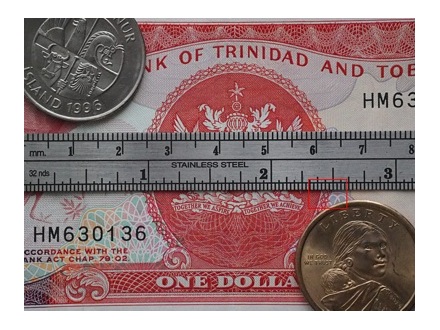
E-M1, ISO 12800, full frame 80 mm across,
reduced 11.78×
|
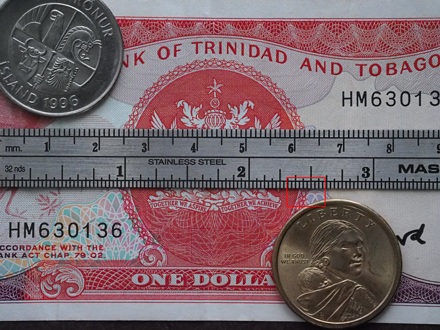
E-M1 Mk.II, ISO 12800, full frame 90 mm across,
reduced 11.78×
|
|
|
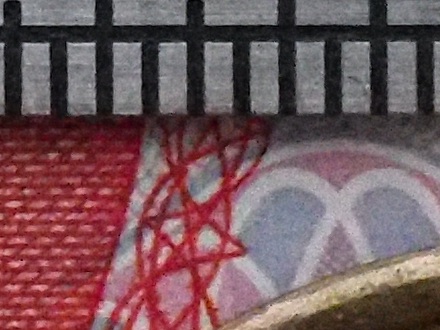
E-M1, ISO 12800
|
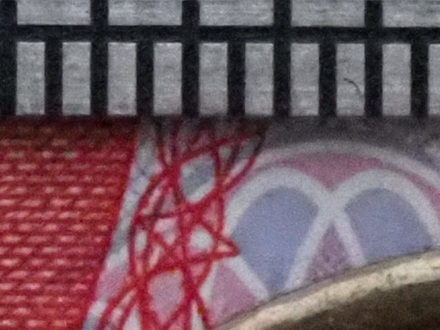
E-M1 Mk.II, ISO 12800
|
|
|
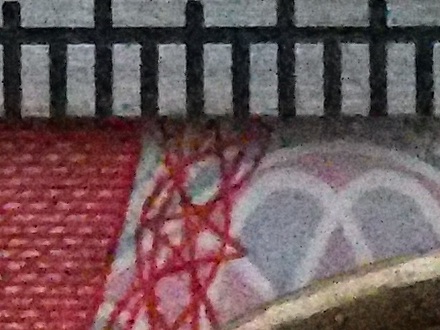
E-M1, ISO 25600
|
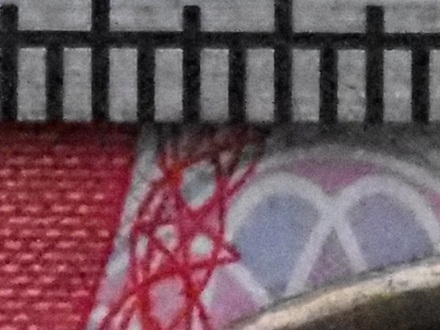
E-M1 Mk.II, ISO 25600
|
|
As expected. noise was not really a problem for this subject, even at ISO 25600.
Still, we can see that Mark II at the highest ISO shows less of it than Mark I at ISO 12800. I also think the Mark I samples suffer from too aggressive sharpening.
Taking also into account that Mark I image requires 12.5% more magnification in printing or display, I prefer the Mark II, ISO 25600 sample over the Mark I, ISO 12800 one
The pencil box
This is the opposite of the previous scene: not much detail, lots of out-of-focus halftones, large areas of gradual transitions. A great subject for noise hunters.
Here I was shooting from exactly the same spot with both cameras, therefore full frames look identical when reduced to the same pixel size, but the 1:1 samples don't.
|
|
|
Lens: MZD 75/1.8
Aperture priority (±0 EV) at F/1.8, Auto WB, Natural Picture Mode with no adjustments
|
|
|
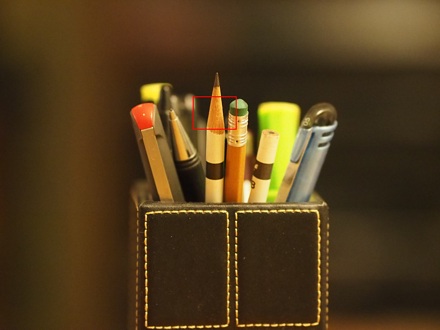
E-M1 Mk.I, ISO 6400, full frame, reduced 11.78×
| 
E-M1 Mk.II, ISO 6400, full frame, reduced 11.78×
|
|
|
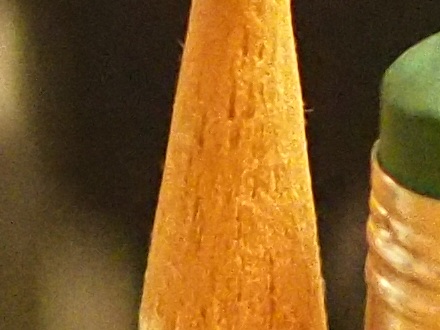
E-M1, ISO 6400
|
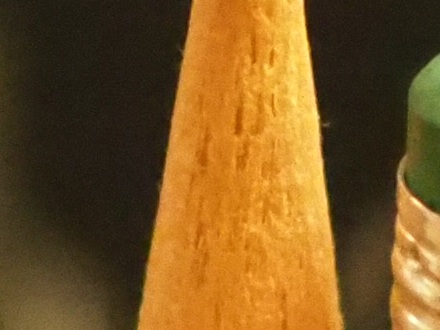
E-M1 Mk.II, ISO 6400
|
|
|
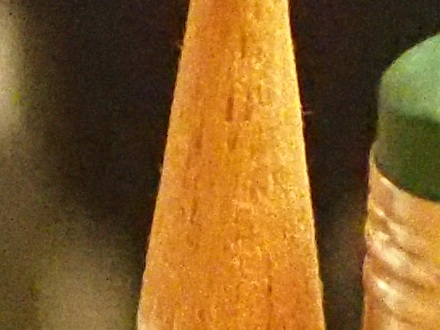
E-M1, ISO 12800
|
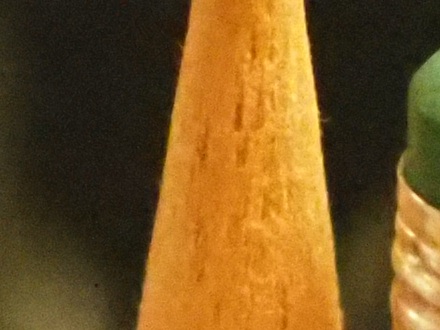
E-M1 Mk.II, ISO 12800
|
|
|
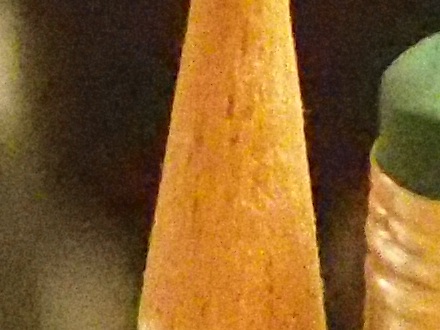
E-M1, ISO 25600
|
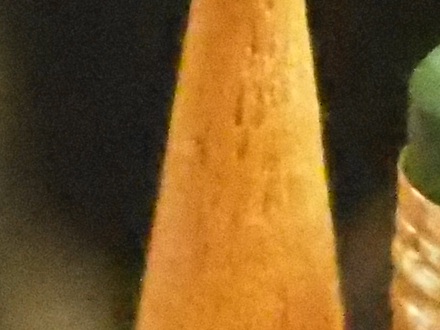
E-M1 Mk.II, ISO 25600
|
Here, color and contrast hold admirably all the way up to ISO 25600 for both cameras. On Mark I, however, I see more noise at ISO 6400 than on Mark II at ISO 25600, quite a difference. And it's not just the amplitude, but also a tendency to form cluster-like patterns.
What is also quite easy to see, is the loss of detail in Mark II samples. The effect is quite consistent.
To avoid AF flukes, I shot every frame in duplicate, and for Mark II only one out of six was misfocused. To be absolutely sure, the next day I re-shot the scene with Mark II at four different apertures and all ISOs.
Nope, the effect is real; now I am sure.
So, again, it looks like Mark II is, at high ISOs, generating JPEGs less noisy than Mark I, but also with less detail. The noise advantage estimated from this session is about 2 EV or a bit more (12800 vs. 6400 ISO). The new bottleneck is loss of detail, especially above ISO 6400. I will have to check now, how the combined noise and sharpness of resulting pictures depend on image-processing parameters.
Now, how we answer the question whether the high-ISO performance was improved in Mark II? With trade-offs and all caveats involved (including different pixel count, working in favor of the new camera), a single, unequivocal answer is not so obvious. Still, for most applications I would say Mark II has a 1 EV advantage in this area.
|
|
This page is not sponsored or endorsed by Olympus (or anyone else) and presents solely the views of the author.
|


